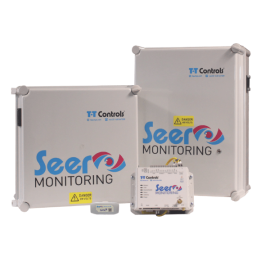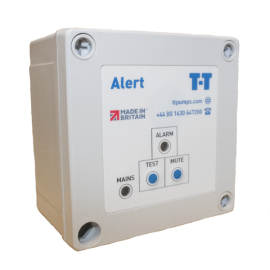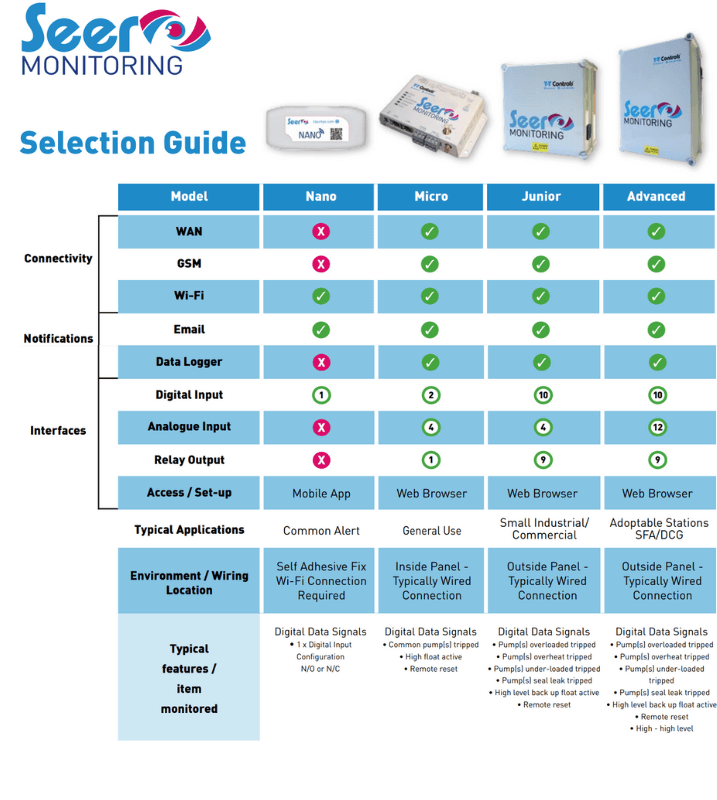With technology advancing at pace gathering speed, and the Internet of Things (IoT) allowing all things to be connected remotely, what benefits can be achieved by all this data captured, packaged to the cloud and then remotely accessed?
Looking at the uses of remote monitoring via the cloud in respect to pumping stations, the first benefit is the data or, in basic terms, an insight into building up a picture of the operation. With many variables consistently recorded, such as incoming voltage, pump running durations, operating current and wet will infill rate, there is the ability to track all activity in real-time, and then plot this as history.
IDENTIFYING ‘BEHAVIOUR’ AND ESTABLISHING PUMP MONITORING RULES
Once a picture is established in terms of normal operation for the asset - such as peak demand trending early morning and evening usage rates - and the appropriate pump operating cycles for this period, you can begin to assign ‘rules’ in how the data is to be managed when exceptions to this normal behaviour occur.
For example, a pump station generally will see a consistent infill rate during peak demand periods of 6am to 9am and empty the sump to a normal stop level in approximately 4 minutes when called to operate. However, on any given day, the 4-minute run time becomes longer and longer despite the inflow to the station remaining constant - we can use our previous data to identify the root cause of the issue. or example, a stuck non-return valve could mean that all liquid being pumped is simply being re-circulated into the sump via the standby pump and pipework leg.
Creating rules from the data will provide early warning notifications to be generated by such events as above and alert responders.
Before this technology to monitor, record and report data in such a manner, system failures and prolonged run periods would have gone undetected, resulting in excessive wear, high running costs and potential environmental damage.




